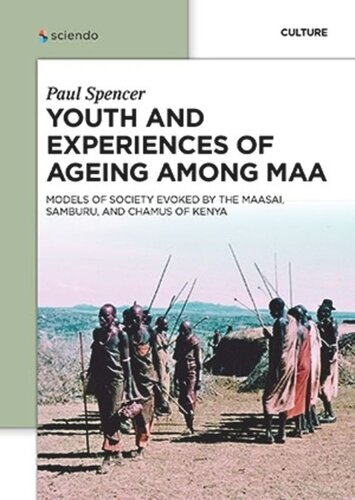

Most ebook files are in PDF format, so you can easily read them using various software such as Foxit Reader or directly on the Google Chrome browser.
Some ebook files are released by publishers in other formats such as .awz, .mobi, .epub, .fb2, etc. You may need to install specific software to read these formats on mobile/PC, such as Calibre.
Please read the tutorial at this link: https://ebookbell.com/faq
We offer FREE conversion to the popular formats you request; however, this may take some time. Therefore, right after payment, please email us, and we will try to provide the service as quickly as possible.
For some exceptional file formats or broken links (if any), please refrain from opening any disputes. Instead, email us first, and we will try to assist within a maximum of 6 hours.
EbookBell Team

4.8
54 reviewsThe Maa of East Africa are a cluster of related pastoral peoples who share a social organization based on age. This groups men into life-long cohorts from their initiation in youth, regardless of family wealth. Historically, this type of pre-market society has been described in every continent, but East Africa provides the principal surviving region of age-based societies, among whom the Maasai are the best known. In this volume, comparison between three branches of Maa highlights different aspects of their society: the dynamics of power with age and gender among the Maasai, of ritual performance and belief among the Samburu, and of historical change among the Chamus.
Here it is argued that understanding another culture can only be approached through models derived in the first instance from the representations conveyed by members of that culture. The social anthropologist may then elaborate these images through the choice of analytical parallels, even extending to other disciplines and personal experience. Each chapter in this volume views Maa institutions through a different lens, exploring models relevant to a comprehensive analysis of their social life.
Of interest to anthropologists, sociologists, political scientists, scholars of gender studies, historians, and development specialists, among others.